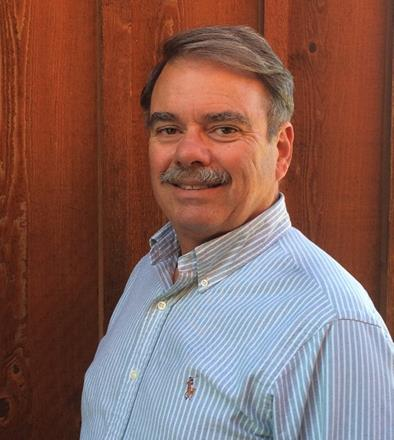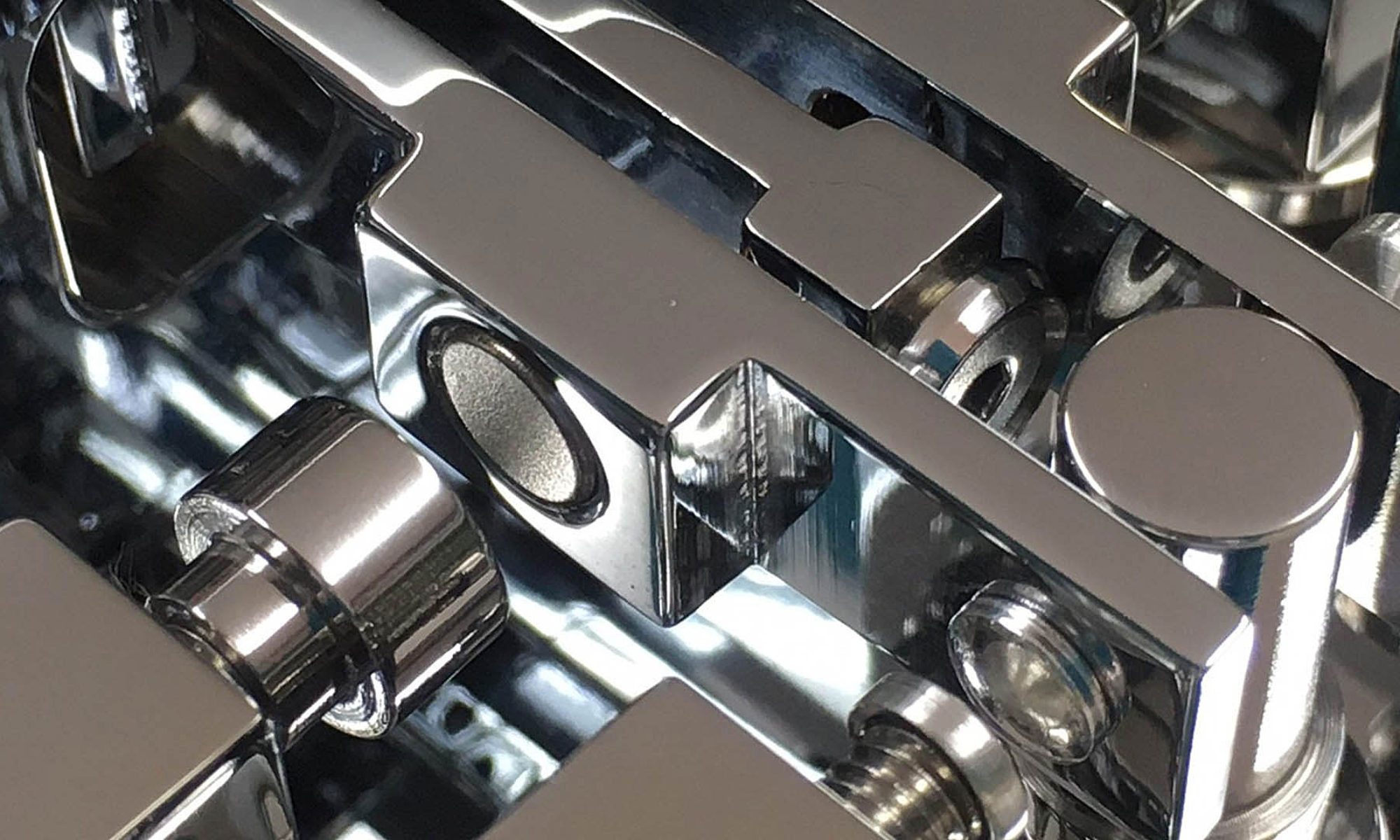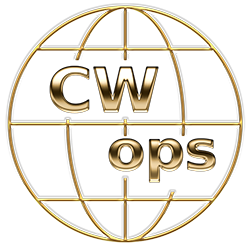
I was born in 1956 in Tulsa, OK, and grew up there. My Dad was a ham (W5JHJ, SK in 2007), a broadcast engineer, and later an aerospace instrumentation physicist. He taught me most of my theory. I was first licensed in 1970 as a Novice with call WN5CLC. As a Novice and up to leaving for college, I used his station, which consisted of a World Radio Labs Globe Champion 350 transmitter, a Hammarlund HQ-170 receiver and a 10-80 HyGain 18AVQ trapped quarter-wave vertical in the back yard. I now have those rigs as part of my ham shack; they are fully operational.
In 1972 I passed the General exam becoming WB5CLC and about a year later, passed my Advanced. A year after that, I went to Dallas and passed the Amateur Extra at the FCC office there because I was ready, and I wanted to strike while the iron was hot. A couple of years later, I requested and obtained N5OP during a brief period when Extra class licensees could choose call signs if they had been licensed as Extras for something like two years; N5OP was my last choice (out of 10) because I liked the CW rhythm it has. I also have my Second Class Radiotelegraph license and General Radiotelephone Operators License (GROL) both with radar endorsements.
I attended the University of Tulsa for two years as an Engineering Physics major, then transferred to the University of Oklahoma where I earned my B.S. and M.S. in meteorology. I then worked at the National Center for Atmospheric Research in Boulder, CO. I was there from 1982 to 1995, then moved to Norman, OK, to work at the National Severe Storms Laboratory. I earned my Ph.D. in meteorology in 2000 and continue to work for the Cooperative Institute for Severe and High-Impact Weather Research and Operations (CIWRO) at National Severe Storms Laboratory as a Research Meteorologist. I’ve been on numerous field projects to capture tornadic and severe storms in a mobile radar and on the NOAA P-3 aircraft.
Among my research projects is the Meteorological Phenomena Identification Near the Ground (mPING) project for which I’m the project scientist. You can learn more about it at https://mping.ou.edu. It is global in scope, so anyone can submit observations using their smart phone from anywhere on the globe.
I’m interested in just about anything radio but particularly like CW, with which I enjoy DXing, rag chewing (especially with DX), and contesting. My station consists of a TenTec Orion II, a TS-930S, a modified AL-1200 (higher B+ for easier drive), and a Yeasu FT-8800 (FM). I use the Globe Champ and Hammarlund for occasional AM QSOs.
Antennas consist of a KLM KT34A at 56 ft, a Cushcraft DW-3 at 52 ft, a Cushcraft 40-CD2 2 el 40 m Yagi at 50 ft, a Force 12 Sigma 80 OCF vertical dipole for 80 m, an inverted-V for 75-80 m, and a K9AY loop array for a low-band receive antenna. I shunt feed my tower for 160 m using a remotely tuned home-brew L match at the base. Finally, I have a discone for 100-1000 MHz at 57 ft and an Arrow Antennas CR 148/450 corner reflector for 2 m/70 cm at 52 ft. My DXCC CW totals are 292 current and 298 total. For me, there is nothing quite like a cold winter’s night, a faint whiff of wood smoke, and the air perfumed with Morse.
My other interests include aviation: we own a 1946 Cessna 140 and I have about 1200 h in total time all in light planes. I have my private pilot single and mufti-engine ratings, my glider rating, and my UAS (Unmanned Aircraft Systems) license. My Mom had her degree in piano performance and she nurtured my interest in music. I’m an amateur violinist, the Principal Second violin in the University’s community orchestra, and also the second violin in the string quartet that springs from the principal string players in the orchestra.
This biography is what appeared in Solid Copy when the member joined CWops.
